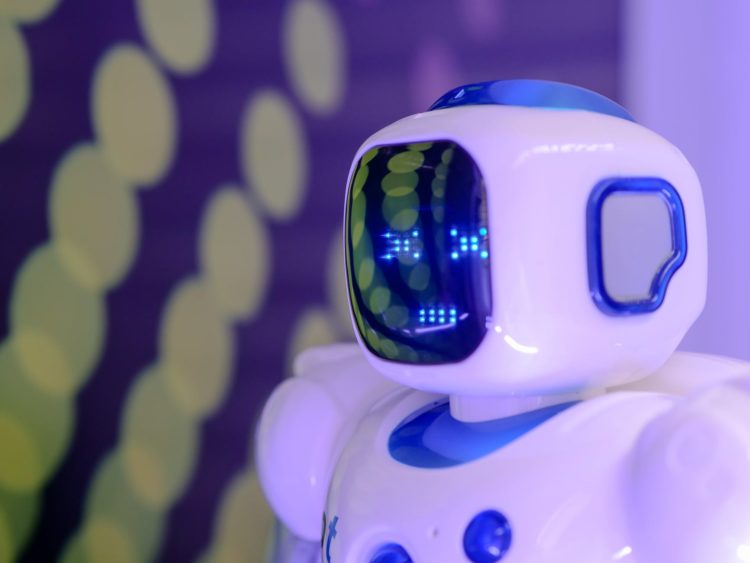Businesses and organizations across all industries are increasing their investment in artificial intelligence (AI) to create competitive advantage through improved customer insight, greater employee efficiency, and accelerated innovation.
The new Worldwide Artificial Intelligence Spending Guide from IDC forecasts global spending on AI systems will jump from $85.3 billion in 2021 to more than $204 billion in 2025. The compound annual growth rate (CAGR) for the 2021-2025 period will be 24.5%.

Ritu Jyoti, group vice president, Artificial Intelligence and Automation Research with IDC's software market research and advisory practice, says the disruption through the global pandemic has been unsettling, but it is also serving as a catalyst for innovation, growth, and business transformations.
"Today, AI expertise is focused more on developing commercial applications that optimize efficiencies in existing industries. Acceleration of AI adoption and proliferation of smart, intuitive ML/DL algorithms will spawn the creation of new industries and business segments and overall will trigger new opportunities for business monetization," she continued.
Industry trends
Retail and Banking are the two industries that will spend the most on AI solutions over the five-year forecast period with Retail spending growing at a slightly faster rate.
Retail AI spending will largely focus on solutions that improve the customer experience through automated customer service and recommendation engines.
The Banking industry will allocate much of its AI investment to risk reduction through automated threat intelligence and fraud analysis applications.
Discrete manufacturing will invest primarily in quality management and automated preventative maintenance solutions.
In terms of spending growth, all 19 industries in the spending guide are expected to have compound annual growth rates (CAGRs) greater than 20% over the 2021-2025 forecast period.
Use cases
The two largest use cases in terms of total spending across all industries are automated customer service agents and sales process recommendation and automation. Together, these two use cases will account for $15.9 billion or more than 18% of all AI spending this year.
While this shows an orientation toward better customer experience across industries, how the solutions are used will vary from industry to industry.
The next five use cases were closely bunched at just over $5 billion in spending this year – IT optimization; automated threat intelligence and prevention systems; program advisors and recommendation systems; fraud analysis and investigation; and automated preventative maintenance.
All 27 AI use cases in the Spending Guide are expected to have CAGRs greater than 20% over the five-year forecast period.

"In addition to the customer experience, a lot of AI investment is geared towards improving efficiency. IDC believes these implementations will migrate towards developing and enhancing new business models," said Mike Glennon, senior research manager with IDC's Customer Insights & Analysis team.
He added that new ways of conducting business will fundamentally change how companies interact with their customers and will encourage new players across many industries.
Citing the impact of internet companies like Alibaba and Amazon on the retail sector, the analyst predicts other industries will follow as they discover how they can benefit from changes in how business is done using AI.
“AI will have an impact in all stages of business, from customer interactions, through supply chain improvements, to new and yet to be thought of services," said Glennon.
Technology trends
Software will be the leading technology group accounting for more than half of all spending on AI solutions throughout the forecast.
The largest areas of investment will be AI Applications and AI Development & Deployment software while AI Lifecycle Software will experience the fastest spending growth with a five-year CAGR of 40.7%.
A quarter of all AI spending will go toward Services with IT Services seeing spending totals like those for AI Applications. Hardware spending will be dominated by server purchases.





